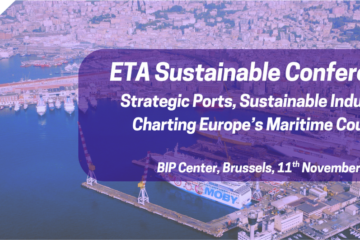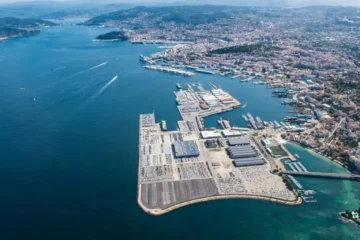The United Nations Conference on Trade and Development (UNCTAD) presented the 2020 edition of its review of Maritime Transport. The publication examines the current situation of the sector and the long-term prospects for seaborne trade.
The review underlines how the pandemic has set in motion new trends that will reshape the maritime sector, trends that have to be added to other issues which have been affecting the industry for the last years as changes in consumption, the transition towards a low emissions shipping sector or higher trade protectionism. In spite of these issues, COVID-19 has put the maritime industry in the spotlight with its essential role transporting critical supplies and keeping the economies alive during the health crisis.
According to the data collected during this year UNCTAD projects the volume of international maritime trade to fall by 4.1% in 2020. This expected trend adds insult to injury after a weak 2019, when international maritime volumes expanded by only a 0.5%, its lowest level since the global financial crisis of 2008–2009. This slowdown was caused by trade tensions, especially between the USA and China and a slower economic growth in several regions like Europe. As a matter of fact, there was a -0.2 reduction in the volume of exports in the Eurozone and no growth at all in the volume of imports in 2019. The numbers for this year are quite dark with an expected 13,3% fall of the exports volumes and a 12,1% of the imports. Concerning European ports, they were affected by the persistent weakness of European manufacturing in 2019 experiencing very limited growth in volumes. Rotterdam, expanded volumes by only 2.1%, while Antwerp achieved a 6.8% growth. In Germany, Hamburg port recorded an increase of 6,1% in volumes that contrasts with the decline in Bremerhaven.
Projections for the medium term point to a recovery of maritime trade flows of around 4.8% in 2021, but much will depend on the impact of the pandemic and the efforts´ success to suppress it. What is clear is COVID-19 has triggered or boosted a series of changes like a shift in globalization patterns and supply-chain designs which might reinforce the trade regionalization trend. Moreover, the pandemic could accelerate the digitalization of the sector and make risk assessment a way more relevant element in the decision making process.
You can find the Review here.



0 Comments